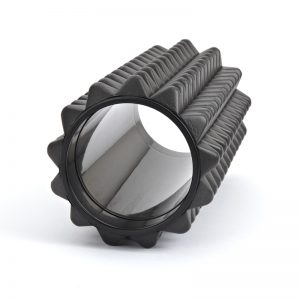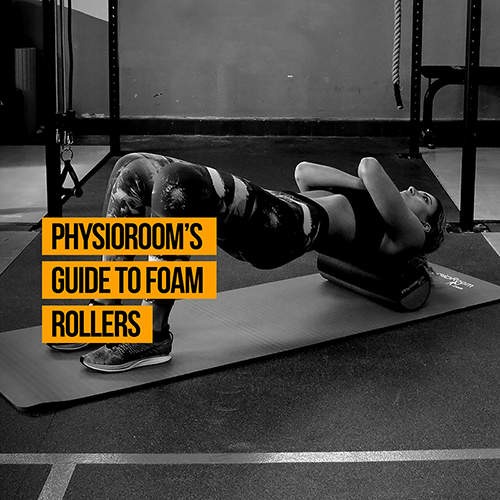Ah the foam roller. How has something which is so little understood, is pretty uncomfortable to use and looks like a misplaced pool toy come to be the staple of any athlete’s rehab and recovery kit?
Well simply, foam rollers work.
You may have seen them in your gym and either not known what they are or merely not known how to use them, but allow PhysioRoom to bring you our comprehensive guide to these foamy miracle workers.
What are they?
Foam Rollers in a nutshell are tools that allow people to relieve tightness in the fascia via self-myofascial release or massage.
‘What is fascia?’ I hear you ask.
Fascia is the connective tissue that attaches your muscles, bones and ligaments together and provides general support all over the body.
The fascia is intended to be elastic-like, and when it’s in good shape it stretches and moves as your body performs actions and movements.
But if you’re a regular gym goer who dabbles in some intense workouts, or even if you don’t work out but have poor posture or movement, fascia can tighten and turn stiff, which can reduce movement and can even cause pain.
Sometimes stretching is sufficient enough to take care of the problem but often it’s not good enough to release exceptionally tight fascia. That’s when a physio, or if you fancy some DIY, a foam roller comes in.
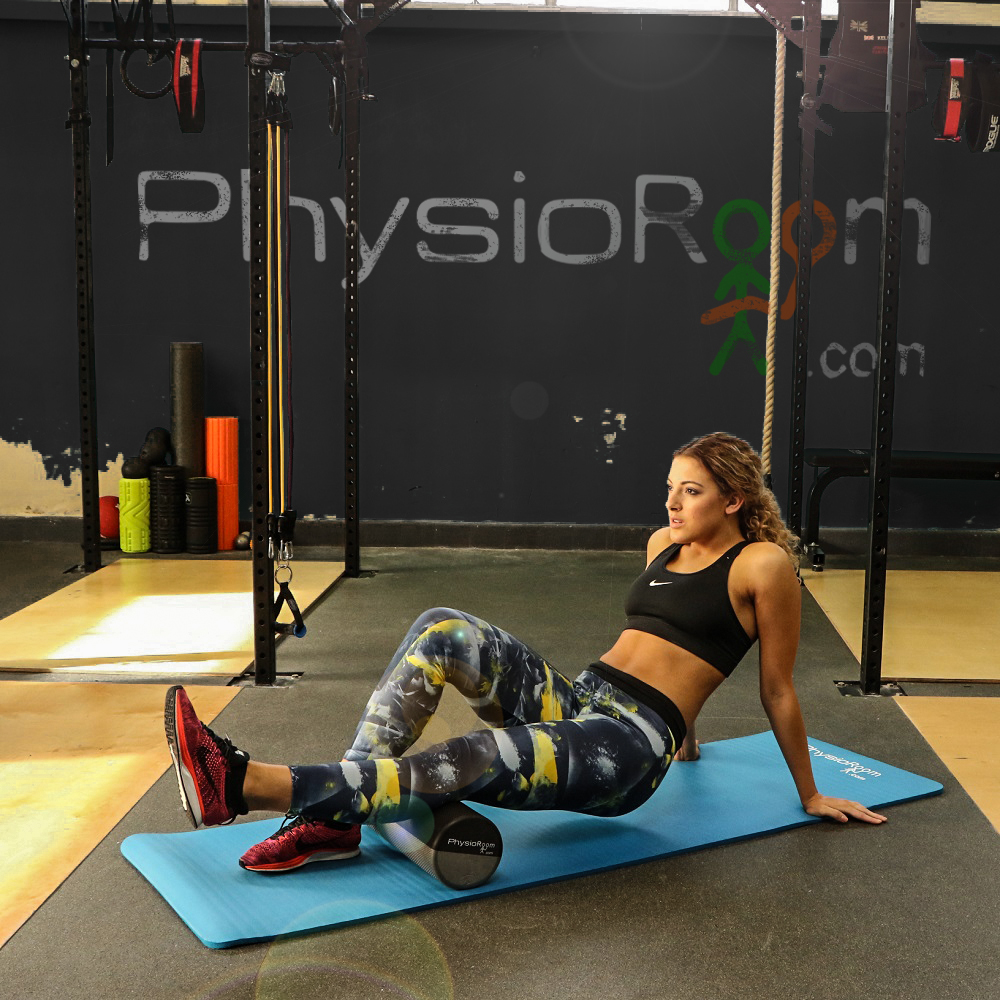
How do they work?
First it’s important to explain what happens when your fascia becomes tight or stiff, which is that ‘trigger points’, or ‘knots’ can develop.
Trigger points are tiny patches of contracted muscle fibres that can be exceptionally painful and lead to further problems due to over use.
They’re painful because the muscles are in a state of tension where they don’t want to be. If left untreated trigger point issues can cause other muscles to take the strain of the initially affected area and as such can cause unnecessary strains and ligament damage that could have otherwise been prevented.
Each muscle is made up of millions of fibres. A trigger point beds its roots in one, or a few, muscle fibres being in a constant state of contraction due to a high stress environment (such as marathon training, for example).
This constant state of contraction means that metabolic waste (lactic acid) is constantly pooling around the muscle as it cannot be flushed out by the body due to low circulation.
This lack of circulation can cause other muscles to develop the same ailments and before long a trigger point has accumulated in the muscle.
Over time, if not treated, the trigger point can escalate to the point of muscle dysfunction.
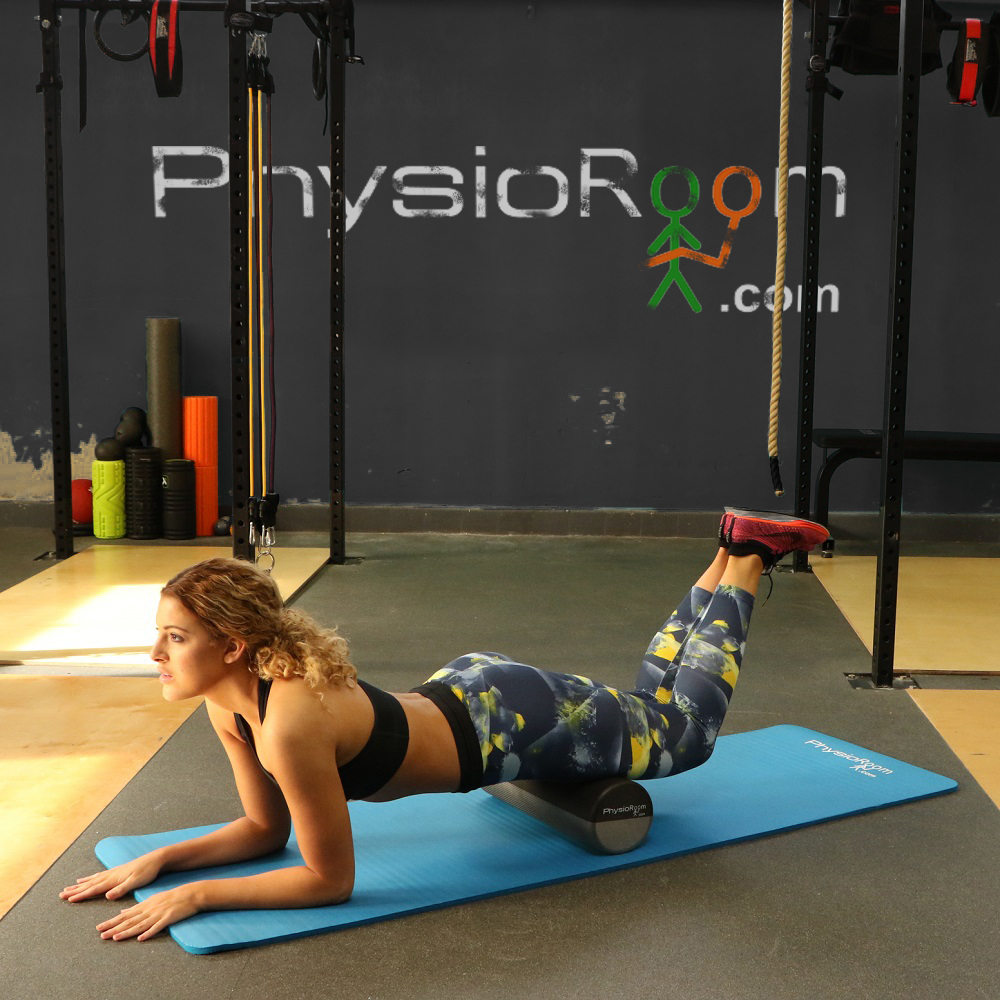
At this stage, the danger of injury is most apparent as the body will naturally try to assist the dysfunctional muscle by applying others to help take the strain. And so, muscles whose normal job title is something completely different will find themselves straining to help a dysfunctional one.
By stimulating oxygen flow to the injured area, foam rolling allows the lactic acid build up to be withdrawn from the affected area and releases some of the tension accumulated.
Trigger point release through use of a foam roller will allow the muscle to finally relax and stop the endless contraction cycle dead in its tracks. This allows metabolic activity to return to normal and halts the spread of trigger point within other areas of the muscle.
So, we’ve touched on it, but specifically….
How can foam rollers benefit you?
Improve Performance – When you do develop a trigger point, it can restrict your sporting performance. When you foam roll and return these muscles back to normal, you increase your range of motion. With this increased motion, you can achieve a better level of performance as muscles are able to be engaged fully.
Relieves Pain and Soreness – When you use self-myofascial release on trigger points it increases circulation to your muscles and connective tissues. The better the circulation, the more oxygen you can get, meaning your muscle can recover quicker and you’ll potentially suffer less soreness.
Lengthens Muscles & Prevents Injury – Because foam rolling can increase range of motion, it also enables you to stretch in a more efficient way too. Using a foam roller lengthens the muscles and breaks down scar tissue which can stop you getting that deep, deep stretch you want. Also, when a trigger point is released, the muscle group becomes less taxed and prone to injury. This creates an environment where the patient can perform their chosen activity once more with ease.
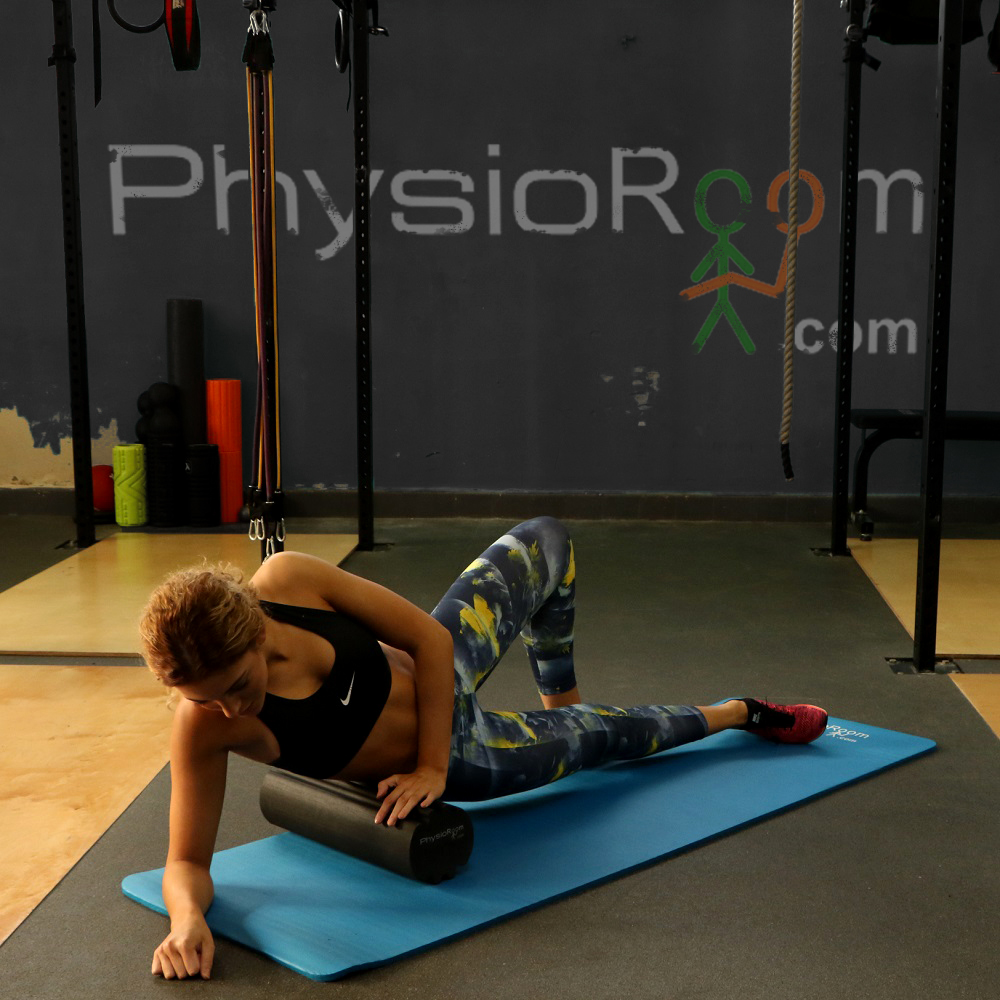
Warning! It MIGHT(probably will!) hurt!
As already mentioned, using a foam roller can be uncomfortable. But think of using a foam roller as a substitute for a deep tissue massage, which can also be painful, but the gain is worth the pain.
That’s why it’s important you choose the right foam roller and slowly introduce yourself to the ways of its foamy benefits.
The harder the foam roller, the higher likelihood that it’s going to hurt, especially if you have exceptionally tight fascia.
It’s vital to remember that as you progress and get used to foam rolling that the discomfort will decrease and you’ll find yourself walking away feeling like a new person as those knots starts to disappear.
So, you’ve decided you want to join those savvy athletes out there using a foam roller, but they all look a bit different, so which do you get?
Here’s some examples of different foam rollers we stock here at PhysioRoom.
The Standard Roller
Example: PhysioRoom.com Elite Foam Roller
Your standard blue foam roller. Made of EVA foam to resist moisture, the Elite Foam Roller can be used in physiotherapy and as part of Pilates or Yoga workouts, fitness routines and rehabilitation training. While you may experience some discomfort, it shouldn’t be much, especially compared with our tougher rollers.
Hardness: 30 degree
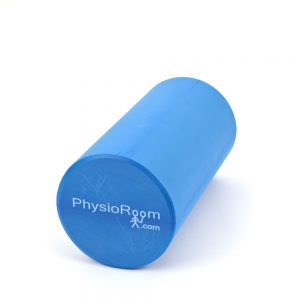
PhysioRoom stocks a number of different lengths of this roller, check them out.
The Dual Density Roller
Example: PhysioRoom.com Elite Dual Density Foam Roller
The Dual Density roller features…well dual sides for rolling. One side of the roller features a lower density surface for those more tender roles and a harder density surface to work on that stiffness. Thanks to providing different levels of density the dual density roller is a versatile and friendly option.
Black side: Hardness 25-30 degree
Grey side: Hardness 19-21 degree
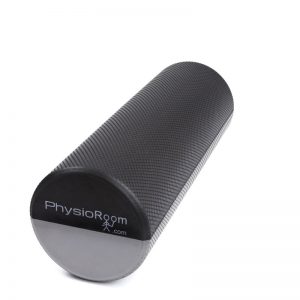
To check out this foam roller on our site, click here.
The Ridged Roller
Exmple: PhysioRoom.com Massage Foam Roller
This foam roller is about the same density as your standard foam rollers making is perfect for the same low levels of use. Where this roller diverges though is it features specially designed ridges, which help to target hard to reach muscle areas and can really get into tighter spots providing massage until the muscle is relaxed.
Hardness 26-30 degree
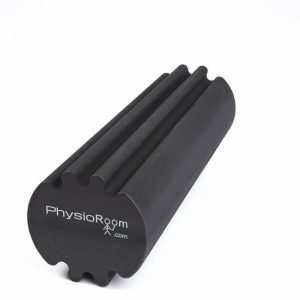
Click here to check out this roller on our site.
The Grid Roller
Example: PhysioRoom.com Hi-Intensity Rocky Foam Roller
Much like the ridged roller, the Grid roller has specially designed ridges across its surface that allow you to reach other areas. Good for athletes and those in constant action, It has been constructed with less foam than standard foam rollers, and is able to withstand constant, heavy and repetitive use. Constructed from EVA foam, the grid roller allows you to find the Distrodensity zone that perfectly suits your requirements, which allows for a more realistic massage experience.
Hardness: 45 degree
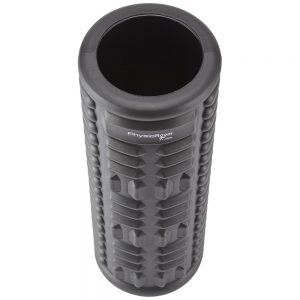
Check out the Hi-Intensity Roller on our site, here.
The ‘Spiked’ Roller
PhysioRoom.com Elite Rum-Tech Foam Roller 10cm x 32cm
The Elite Rum-Tech roller involves much the same concept as the grid and ridged rollers, with specially designed bumps to knead and massage those aching muscles. By rolling on the soft protrusions you can target difficult to reach places while you decide how much pressure, the harder you press the deeper the penetration. Perfect for athletes and heavy exercisers.
Hardness: 45 degree
